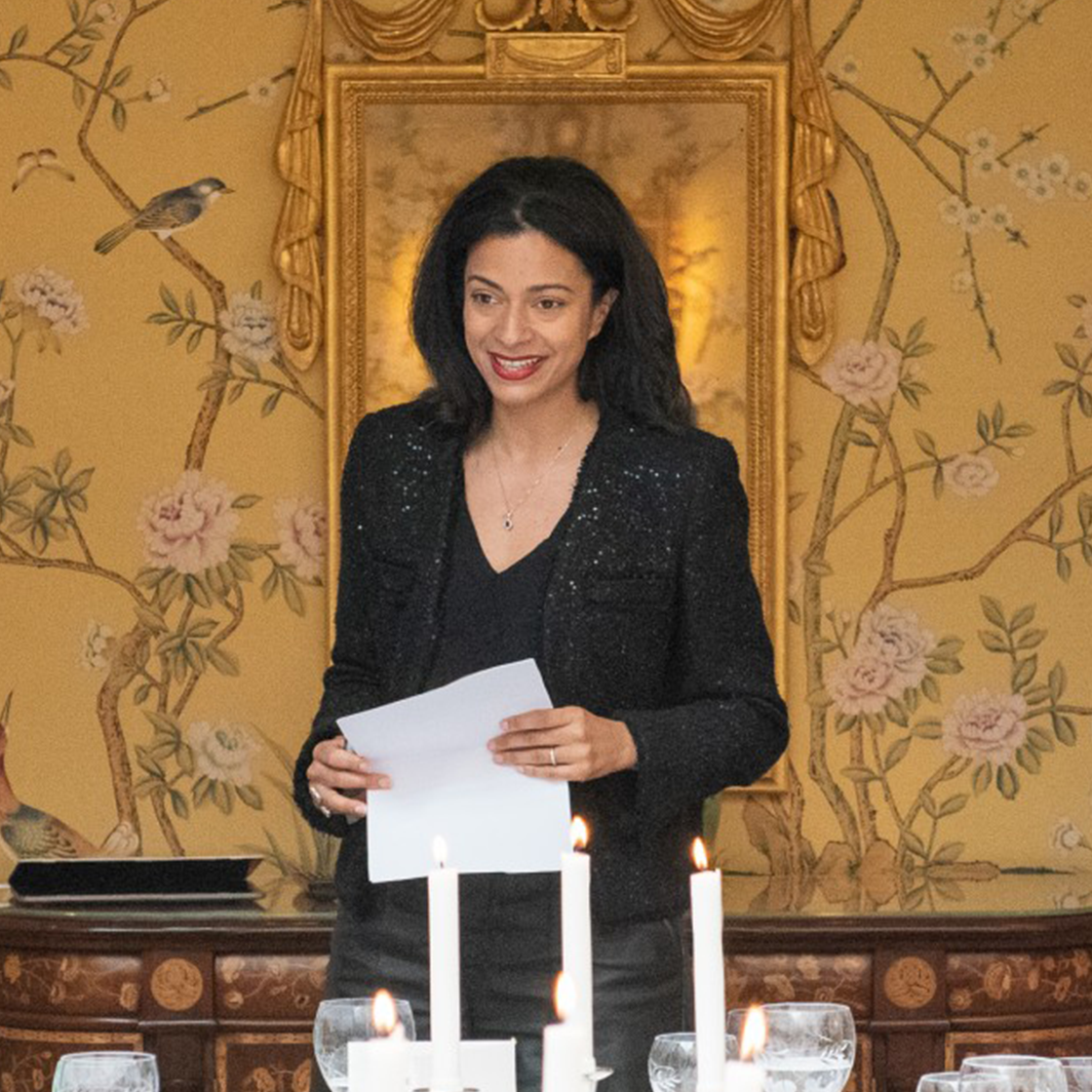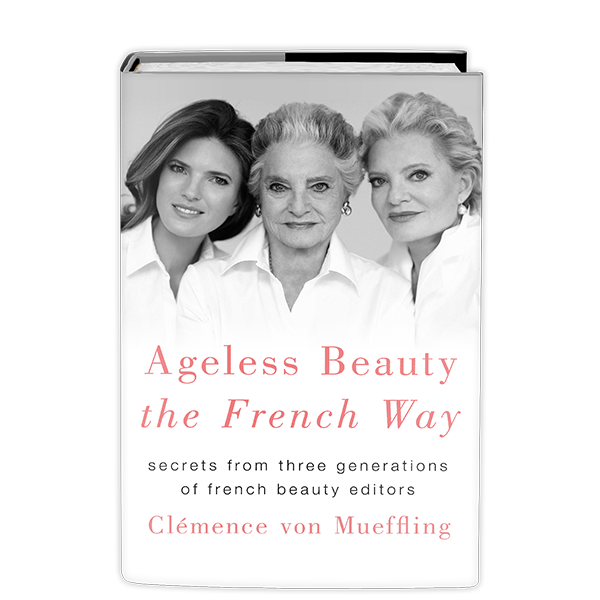
What Is A Mother? Art Explains
How does this inspiration transpire in the history of art?
2020 should be dubbed the “Year of the Mother.” Let me explain what may seem like a self-serving assertion. Rudyard Kippling’s humorous words come to mind during these unprecedented times: “God could not be everywhere, and therefore, he made mothers.” At times, these words do not feel so amusing, but they do bring with them a certain reality. If to inspire is to ‘fill someone with the urge or ability to do or feel something,’ then mothers are inspirational women to us all. It may be through kisses or through threats. Sometimes, it’s a bedtime story or the show of undivided resolve in the face of hardship.
How does this inspiration transpire in the history of art? How did artists characterize mothers?
A Mother Is A Model

Woman and daughter with makeup, 1990
In 1990, Carrie Mae Weems finished her seminal Kitchen Table Series. Representing herself with her lover, friends and daughter around her kitchen table, she documented the many facets of a woman for a year – one of them being a mother. Artistically, she is her own model, but in Untitled (Woman and daughter with makeup) she is also her daughter’s. Moreover, there is a familiarity to the portrayal of the little girl mimicking her mother’s gestures in the intimacy of their home.
A Mother Can Be Overpowering

Maman, 1999
In 1999 at the end of the decade, Louise Bourgeois executed Maman for the opening of Tate Modern. It is a 10-meter high sculpture made of steel and marble representing the artist’s notorious Spider. Bourgeois explained that “my best friend was my mother and she was deliberate, clever, patient, soothing, reasonable, dainty, subtle, indispensable, neat, and as useful as a spider.” However, the qualities of the spider does not allow the viewer to overlook a sensation of fear. Similarly, one can walk freely around and under the eight-legged figure, but cannot escape feeling overpowered by its monumentality. Many may share these contradictory feelings towards their mothers, yet cannot deny their formative value.
A Mother Is Tolerant

Arrangement in Grey and Black No. 1, 1871
When I became a mother myself, I realized that the energy that fuels the unrelenting motor of motherhood is unconditional love. With it comes an amount of patience one did not know was possible. Anna McNeill Whistler has clued in generations since she was represented by her son in 1871. Arrangement in Grey and Black No. 1, better known as Whistler’s Mother, is the most well-known American painting outside the United States. James McNeill Whistler was a proponent of ‘art for art’s sake’ and used titles that evoked musical harmony. He did not consider his arrangement of pared down neutral tones to be a portrait. However, the ambient neutrality is what enhances the psychological intensity of the sitter who has become an icon of motherhood. Legend has it that she replaced a model who had not come for the sitting. which proved so long that she required a seat.
A Mother Is Heartwarming

Young Mother Sewing, 1900
Mary Cassatt was an American painter who spent most of her life in France, where she was a member of the Impressionists. Friend of Edgar Degas, a great number of her paintings are scenes involving a mother and child. They bring to the forefront the almost inadvertently heartwarming and protective nature of mothers, as they perform their daily tasks. Here, as the young mother is absorbed in her sewing, the viewer meets the confident little girl staring outwards. Settled comfortably on her mother’s lap is what lends her confidence. The outfit being sewn is in an emerald green that echoes the grass outdoors. This is a depiction of the nurture inside being in dialogue with nature outside.
A Mother Is Elegant

Self-Portrait with Her Daughter, Julie, 1780-1819
The portraitist of Marie Antoinette, Elisabeth Vigée Le Brun, was one of the most in-demand artists of the 18th century. Her painting, Self-Portrait with Her Daughter, Julie, reminds us that motherhood is not a renouncement to beauty and elegance. Au contraire! Antiquity’s fascination at the time is fully fledged in the loose-fitting white garment, reminiscent of a toga. The sweet embrace is an ode to sculptural sophistication. Simultaneously, the mother’s soft smile gives us a sense of exhilarated motherhood. At the very least, this is today’s reading. Her contemporaries deemed one element scandalous: one can see her teeth…
A Mother Is Relentless

Migrant Mother, 1936
“Yes, she is!” This idea of relentlessness brings back memories from our childhood or—most likely—teenage years. It is, however, a true force in the face of adversity. Dorothea Lange’s iconic photograph, Migrant Mother, represents it as such. Lange described the situation of Florence Owens Thompson: “She and her children had been living on frozen vegetables from the field and wild birds the children caught. The pea crop had frozen; there was no work. Yet, they could not move on, for she had just sold the tires from the car to buy food.” If the photograph informs the viewer on the devastation of the Great Depression, it also carries out the strength of the sitter. She is staring out at this trying world with a determination that makes us understand her offspring’s trust, while they stay nestled behind her shoulders.
With all these qualities, it is no wonder that one of the oldest known sculptures is the Woman of Willendorf, a figure of motherhood carved around 30,000 BCE. Thousands of years later, a simple conclusion can be drawn. That is, we should always celebrate the inspirational women in our lives. For many of us, these are our mothers.
Feature Image: Self-Portrait with Her Daughter, Julie

Reine co-founded Galerie E.G.P, a contemporary art gallery based in Paris, in 2009. She is an art historian and freelance curator, with over 40 global exhibitions, and supports institutions such as Tate and the Whitechapel Gallery. A published art writer, Reine is a member of the New Art Dealers Association and of the Association of Women in the Arts. You can keep up with Reine on Instagram or on her website.






